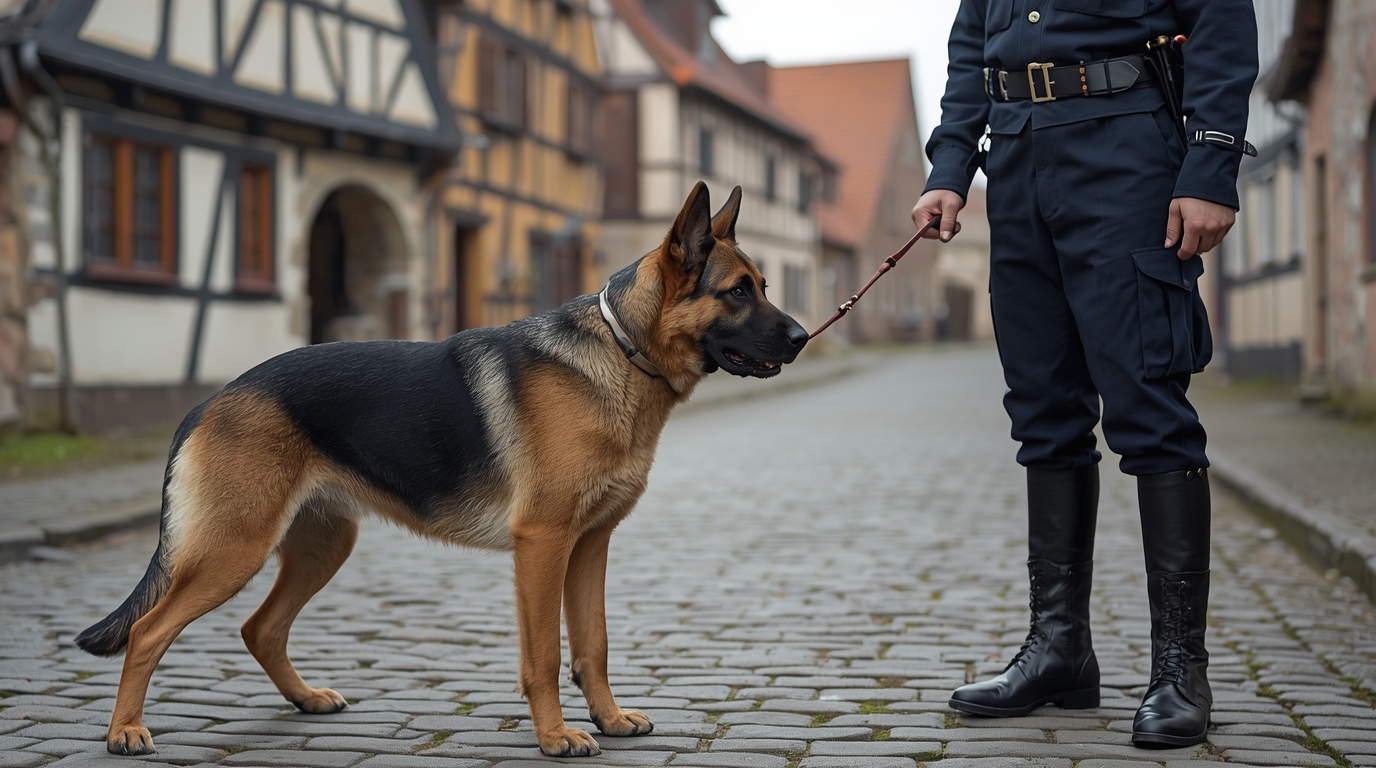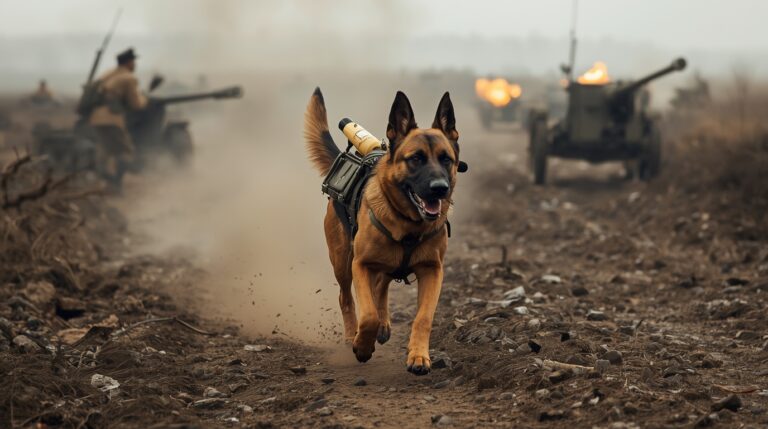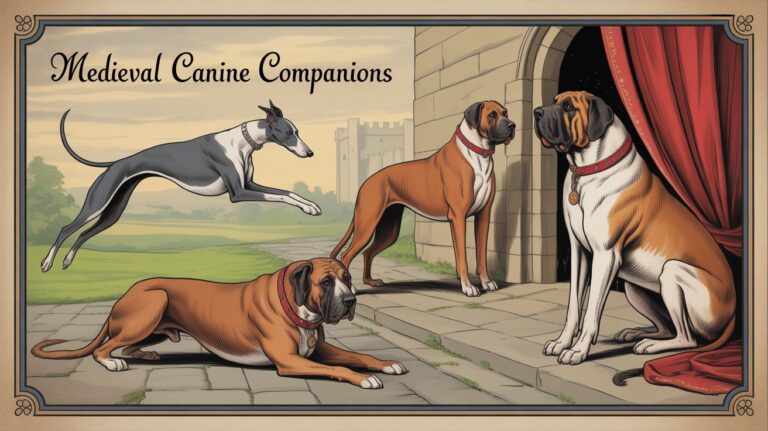The History of Police Dogs

Introduction to Police Dogs
Police dogs, also known as K9 units, have become an indispensable part of modern law enforcement. These highly trained canines assist in tasks ranging from suspect apprehension to narcotics detection and search and rescue operations. Over the years, their roles have evolved alongside societal expectations and policing methods. This article explores the history of police dogs, how their roles have expanded, and the cultural, legal, and global frameworks that surround them.
Early Use of Dogs in Policing
The use of dogs in security and protection can be traced back to ancient civilizations, including the Romans, Greeks, and Egyptians, who used canines to guard property and fortresses. However, the formal integration of dogs into policing systems began in the late 19th century. During medieval times, dogs were used informally by city guards, especially at night, to ward off thieves and intruders. These early uses foreshadowed the specialized roles dogs would later take in structured police work.
Belgium’s Pioneering K9 Programs
The first documented police dog program began in Ghent, Belgium, in 1899, where bloodhounds were employed to patrol the city at night. Belgium’s program gained attention for its efficiency in crime deterrence, prompting other countries to explore the concept. These dogs were trained not only to track suspects but also to intimidate and alert officers. The Belgian program laid the foundation for professional K9 integration, setting standards in training, deployment, and handler selection.
Expansion to Germany and the Rise of the German Shepherd
Germany quickly followed, initiating its own K9 program in the early 1900s. The German Shepherd emerged as the breed of choice due to its intelligence, loyalty, agility, and work ethic. German breeders like Max von Stephanitz, the father of the modern German Shepherd, were instrumental in standardizing the breed for both police and military purposes. Germany’s model involved rigorous obedience training, bite work, and tracking capabilities, many of which are still used today.
British Police and Scotland Yard K9 Integration
The United Kingdom adopted police dogs in the early 20th century, with Scotland Yard incorporating them for crowd control and suspect tracking during the interwar years. The British Transport Police and Metropolitan Police Service in London used dogs for patrol and railway security, focusing heavily on non-lethal methods of control. The use of Dobermans and Labradors became common in the UK, especially in bomb detection during WWII and the IRA conflict.
The Introduction of Police Dogs in the United States
In the United States, the first formal K9 programs emerged in the 1920s, with New York City and Los Angeles being among the first cities to experiment with trained dogs. The NYPD K9 Division, formed in the 1930s, used German Shepherds in urban environments, while the LAPD later pioneered modern K9 tactics in the 1950s. As crime rates rose, so did the demand for K9 patrol units, particularly in drug enforcement and violent crime interventions.
Breed Preferences and Why They Matter
The German Shepherd has long been the standard in K9 units, but over the past two decades, the Belgian Malinois has surged in popularity due to its light build, energy, and ease of training. Bloodhounds remain unparalleled for scent tracking, while Labrador Retrievers are frequently used in narcotics and explosives detection due to their sociable demeanor and powerful noses. Dutch Shepherds, Boxers, and Springer Spaniels are also used depending on the mission type.
Police Dog Training Evolution
Police dog training has evolved dramatically. Initially focused on basic obedience and protection, modern K9 training now includes scent imprinting, scenario-based bite work, helicopter acclimatization, and even urban operations. Dogs are exposed to firearms, crowds, vehicles, and noise simulations to desensitize them. Handlers undergo parallel training to learn canine psychology, behavior recognition, and command synchronization.
Key Functions of Police Dogs
Today’s police dogs are trained for highly specialized roles:
- Criminal Apprehension: Dogs chase and subdue fleeing suspects, often reducing officer injury rates.
- Narcotics Detection: Trained to detect cocaine, heroin, methamphetamines, and fentanyl, often hidden in vehicles or packages.
- Explosives Detection: Dogs like Labradors or Springer Spaniels are trained to detect bomb components in airports, government buildings, and public events.
- Search and Rescue: Especially during natural disasters or missing person cases, dogs cover large areas quickly and efficiently.
Famous Police Dogs in History
- Apollo: A German Shepherd with the NYPD’s Emergency Services Unit, Apollo became famous for his efforts in the 9/11 World Trade Center rescue operations. He received the Dickin Medal on behalf of all search and rescue dogs.
- Jet of Iada: A WWII hero turned police dog in the UK, awarded for tracking down numerous criminals post-war.
- Koton: Known from the 1989 film K-9, Koton was a real police dog who served with distinction and helped apprehend over 30 felons during his service.
K9 Units and Crime Prevention
Studies have shown that visible K9 units deter crime, especially in public spaces, night patrols, and event security. In cities like Miami, Chicago, and Dallas, dogs are deployed as crime suppression units, often working with SWAT teams or narcotics divisions. Their presence alone can de-escalate volatile situations and provide non-lethal means of control.
Legal Status and Rights of Police Dogs
In many countries, police dogs are given legal protection equivalent to that of officers. For example, in the U.S., laws like Fang’s Law (Florida) and K9 Officer Protection Acts make it a felony to injure or kill a working police dog. In some cases, dogs receive military-style funerals, honorary badges, and service commendations.
Police Dogs in Popular Media
From the movie Turner & Hooch to TV shows like K-9 Cops, media portrayals have greatly influenced public perception. While often romanticized, these portrayals also highlight the real challenges of K9 policing. Documentaries like Alpha Dogs and books like “K9 Commando” provide deeper insights into training, deployment, and emotional tolls on both dogs and handlers.
Global Use of Police Dogs Today
Police dogs are now a global phenomenon. In Germany, dogs are deployed in anti-riot units. In India, dogs assist in narcotics control, airport security, and terrorism investigations. Brazil, South Korea, South Africa, and Japan all maintain sophisticated K9 programs, with joint training exercises becoming common among international law enforcement agencies.
Police Dog Certification and Standards
Police dogs must pass certification programs governed by national or state-level organizations. In the U.S., groups like NAPWDA (North American Police Work Dog Association) and USPCA (United States Police Canine Association) test dogs annually on obedience, scent detection, and control. Some departments require re-certification every 12 months, ensuring operational readiness.
Challenges in Using Police Dogs
Despite their effectiveness, K9 units face criticism. Concerns include:
- Excessive force allegations related to bite incidents
- Racial bias in deployments
- Questions over search legality in narcotics sweeps
Some civil rights groups have called for greater oversight and body cameras on K9 handlers. Training transparency and public education are increasingly emphasized to maintain trust.
The Handler-Dog Relationship
Perhaps the most emotionally complex aspect of K9 work is the bond between handler and dog. Handlers often live with their dogs, forming relationships built on trust, routine, and high-stakes collaboration. This bond is critical for mission success, particularly in tense, unpredictable environments. Many handlers describe their dogs as partners and family members rather than tools.
Retirement and Adoption of Police Dogs
Most police dogs retire by age 8–10, depending on health and service intensity. Upon retirement, the handler usually adopts the dog, but some dogs enter adoption programs run by law enforcement agencies or nonprofits. Organizations like Project K9 Hero provide veterinary support, while Mission K9 Rescue focuses on reuniting retired dogs with former handlers.
Technological Integration in K9 Units
Today’s K9s benefit from technological advances. GPS collars, night vision goggles, body cams, and vital monitoring vests help track their performance and safety. AI is beginning to support training data analysis, evaluating behavioral responses and stimuli tracking. As drone tech and robotics evolve, some envision hybrid missions with K9-dog and AI bot teams.
The Future of Police Dogs
The future of police dogs lies at the intersection of ethics, performance, and technology. As AI and robotics evolve, they will likely support—not replace—K9 units. Increasing emphasis will be placed on humane treatment, mental health of working dogs, and post-service care. Some departments are considering psychological evaluation protocols for high-stress missions.
Conclusion
The history of police dogs is a testament to their adaptability, courage, and intelligence. From Belgium’s bloodhounds to modern Malinois sniffing out explosives, K9 units have evolved into elite law enforcement tools and cherished partners. As policing continues to change, the role of these canines will expand, always anchored by the enduring bond between dog and handler. The legacy of police dogs is not only found in their successful missions but in the lives they protect and the trust they earn.





